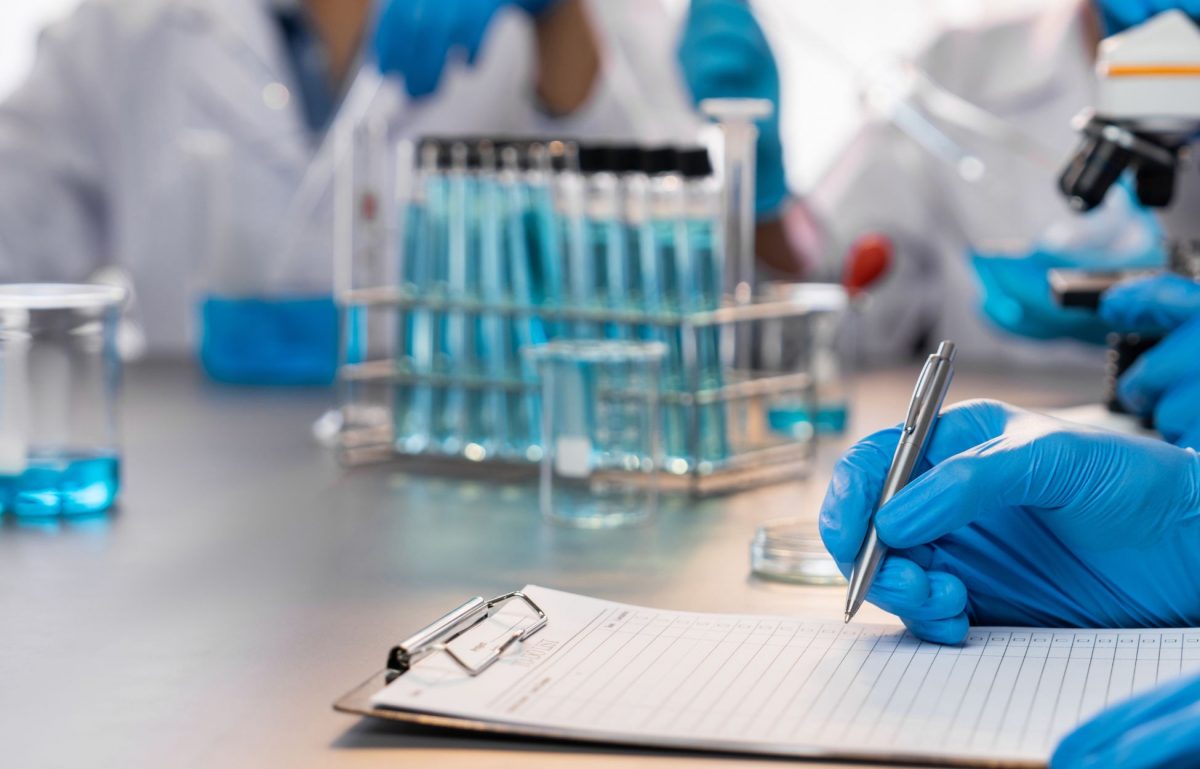Clinical laboratories present many potential hazards—biological, chemical, physical, and ergonomic—to researchers. Recognizing these risks and implementing effective safety measures to mitigate them promotes lab personnel’s well-being, prevents injuries, and upholds the integrity of test results. Now is the time to learn how to improve safety in a clinical laboratory, starting with your own.
Understanding Laboratory Hazards
Within the walls of a clinical laboratory, every procedure, chemical, and piece of equipment presents hazards. Handling things like infectious agents and caustic chemicals requires a thorough understanding of their risks. Lab staff should be able to recognize dangerous situations and know how to minimize threats.
Personal Protective Equipment (PPE)
Wearing and using PPE is integral to lab safety. Obtaining lab gear from a certified safety equipment distributor helps you safeguard your lab technicians from serious accidents. Require everyone in your lab to wear PPE like lab coats, gloves, goggles, and face shields. This gear is the first line of defense against spills, splashes, and direct contact with harmful substances.
Handling and Disposal of Hazardous Materials
Efficient and safe handling of hazardous materials is essential for maintaining a secure lab environment. Lab workers have to manage everything, from corrosive chemicals to infectious specimens.
Safely disposing of these materials is equally important. Encourage everyone to follow the lab’s best practices for waste segregation and adherence to local and federal disposal guidelines. Doing so contains hazardous elements and removes them from the premises without risking the health of your team or the environment.
Regular Maintenance and Safety Checks
Diligent equipment maintenance is the key to preventing malfunctions that could lead to accidents. Scheduling regular safety checks helps you detect faulty machinery or compromised safety equipment before a crisis occurs. A well-maintained lab is a safe one.
Emergency Preparedness and Response
Despite establishing stringent safety measures in your clinical lab, emergencies can and do happen. Creating an emergency preparedness plan enables prompt response to incidents like chemical spills or exposure to pathogens. Rapid reaction minimizes harm and demonstrates a commitment to worker health and safety, reinforcing a safety-first culture in your laboratory.
Ongoing Staff Training and Education
Education is the foundation upon which we build laboratory safety. Ongoing staff training keeps safety knowledge and standard procedures fresh in the minds of your team. Continual education also empowers lab personnel to carry out their duties with an unwavering commitment to safety.
Safety in a clinical laboratory is an ongoing process that demands unwavering commitment from each team member. Each aspect of laboratory safety is a step toward a great workplace. It underlines a dedication to the health of the workforce and the productive delivery of clinical lab services.













